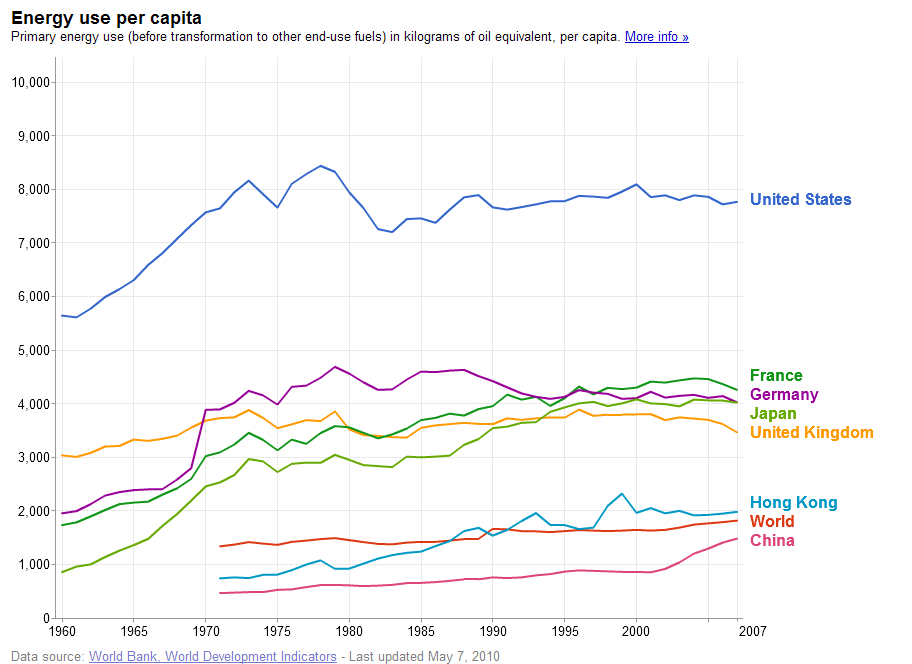
 As fate would have it, "Fukushima" means "good fortune island" in Japanese. Nature not only sides with the hidden flaw, it apparently loves a cruel joke.
As fate would have it, "Fukushima" means "good fortune island" in Japanese. Nature not only sides with the hidden flaw, it apparently loves a cruel joke.
The idea of dropping water into a spent fuel rod pool from a helicopter and pumping seawater into nuclear reactors smacks, just a little, of complete desperation. To say the least, I doubt that you'll find this one in the Nuclear Regulatory Commission's Code of Federal Regulations. This is fly-by-the-seat of your pants stuff. To the left and right above you can see a picture of Reactors #3 and #4 at Fukushima (smoke is rising in the left picture from the twisted wreck of reactor building #3). The current plan, as I understand it, is to reconnect a power supply to the reactors so that the cooling pumps for both the reactor vessels and the spent fuel ponds can be reactivated. Time is definitely of the essence for the reactor in Building #1, which is dangerously overheating and is probably already in a state of meltdown.
A question I have, which never seems to get addressed by normal media outlets (such as the New York Times) is this: does the twisted wreck of steel and concrete in the picture above left really look extension-cord-ready to you? As I've said before, it really does not help public confidence that the level of discussion of such basic points in the MSM is so atrociously stupid.
Reactors 1 through 4 at the Dai-ichi plant sustained, in order, a 9.0 earthquake; a 7-meter tidal wave; ferocious hydrogen explosions; and fires secondary to nuclear overheating and zirconium cladding degradation. That's a bad week at the office. Yet every single event was fully predictable.
In thinking about the "rarity" of nuclear accidents, I recall the observations of the late great Richard Feynman about the space shuttle program. The NASA engineers always assured the public that the odds of catastrophic failure were in the 1 in 50,000 range. Despite this magnificent safety margin, the space program has suffered tragedies at a rate greatly in excess of these odds. Feynman concluded that the odds were simply pulled out of thin air. So too the nuclear power industry. To get the public to accept nuclear power, with its horrific "side effects" of creating huge "dead zones" (as around Chernobyl, a restricted area of 15,000 square miles, the size of Switzerland), nuclear bomb proliferation (from all the plutonium mass produced in boiling water reactors) and unsolvable waste disposal problems (one idea being to fire all the waste into the sun by means of rockets, which would allow us to combine the odds of the nuclear program with the space program), you have to tell the public that it's safe, that the odds of something going catastrophically wrong are just plain minuscule.
Yet in the 40 years since Three Mile Island, we've had the partial meltdown at Three Mile itself; the utter devastation of Chernobyl (which is still getting worse, by the way, as the next big problem might be contamination of the ground water of Kiev, as the nuclear pile continues to melt under the concrete "sarcophagus"); and now, what could be the worst one of all, Fukushima. Are those really such minuscule odds? In what frame of reference?
Let's suppose that the Japanese are finally forced to admit that this is not World War II, the kamikaze spirit has mercifully faded away, and no worker is going to volunteer to walk into these reactor buildings and start rebuilding cooling water pumps and everything else you need to get the cooling systems working again. (Without moving water, there is no way to successfully keep the temperature levels down in either the reactors or the cooling ponds.) So the "sarcophagus" solution is then deployed, burying the reactor buildings under mountains of concrete and sand. Unfortunately at Fukushima, I would surmise that the water table (the Pacific Ocean) is not really very far down at all. Covering up the reactor buildings with concrete and sand will stop the airborne dispersal of radiation and radioactive particles, but all that nuclear crud under the concrete will continue decaying and melting in ways that Enrico Fermi did not really plan on in the squash court at the University of Chicago.
The Japanese know all this, of course, and would rather not talk about the stark reality, which is that there are really no good options. The riposte is to fall back on the Space Shuttle Gambit that all these misfortunes were the weird concurrence of an incalculably rare combination of events. As noted, that's bogus. The plants were built where they were, in the way they were, with the assistance of General Electric, with full recognition that Japan exists at the Western edge of the Ring of Fire, the huge earthquakes are not rare, that tsunamis often follow them, and that a damaged nuclear reactor building would naturally result in a plant built right on the edge of the ocean.
In case you're wondering, the square mileage of Honshu, Japan's main island (where 80% of the land mass and 80% of the population are located), is about 90,000 miles, or six times the size of the Switzerland/Chernobyl exclusion zone. The total land mass of the USA is about 3.8 million square miles; a comparable loss (1/6th) of American land mass would eliminate the state of Alaska (with about 670,000 square miles). Just for a sense of proportion.
I suppose the possible upside of ocean contamination is that Dr. Evil may finally get a fish with the frickin' laser beam attached to its head that he so desperately wanted.


